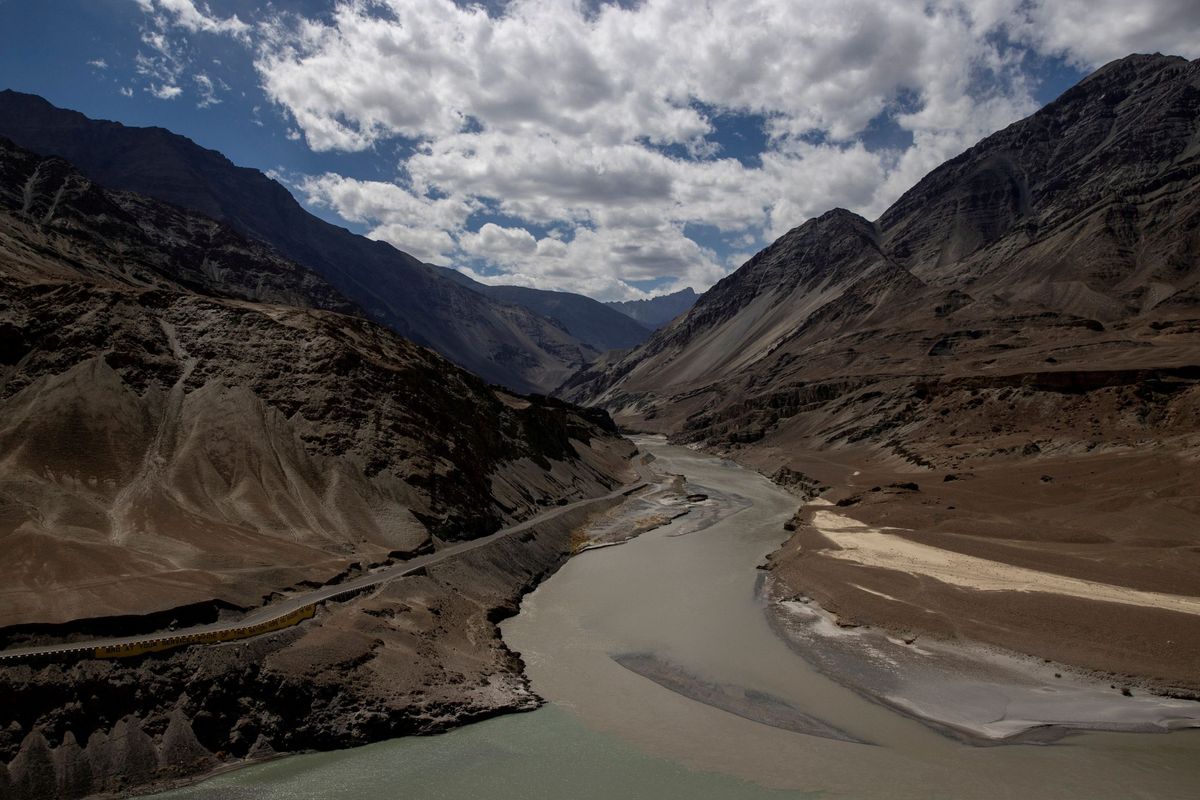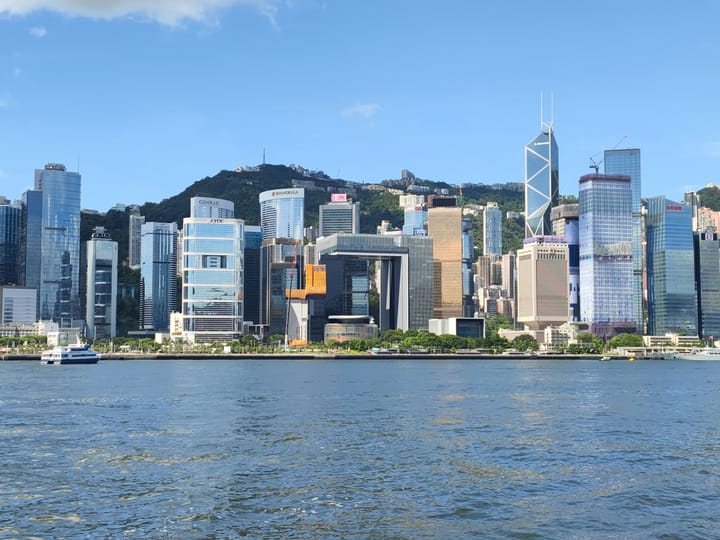India-China border face-off continues

A few minutes every morning is all you need.
Stay up to date on the world's Headlines and Human Stories. It's fun, it's factual, it's fluff-free.
War between the world’s two most populated countries has been avoided – for now. Rapprochement, though, does not seem like a possibility as India and China race toward the new geopolitics realigning power in Asia.
Few would think that their life would end in a brawl with foreign soldiers on a remote riverbank in the Himalayas, but for 20 Indian soldiers, along with an unknown number of Chinese soldiers, that is exactly what happened.
Firearms have been banned on the Line of Actual Control (LAC), the demilitarized zone that separates the disputed territories of China and India, since 1962. When the fight broke out between the Chinese and Indian soldiers, the weapons of choice included barbed-wired bats, sticks, rocks and other makeshift weapons.
The Himalayan Mountain melee happened in May, but New Delhi recently announced another series of Chinese apps that will be banned in the country. This is in addition to the first series of bans enacted by the country, which included prohibiting the downloads of TikTok and WeChat. China has responded in kind as several companies, the most notable being Alibaba, withdrew from potentially investing in the Indian market.
Media in the parties involved reacted predictably. Many Indian TV news outlets denounced Beijing and strongly sided with India. Chinese media figures like Hu Xijin of the Global Times warning New Delhi not to defy Beijing’s might. Some in India have called for boycotts of Chinese products.
War between the world’s two most populated countries has been avoided thus far. Rapprochement, though, does not seem like a possibility as India and China race toward the new geopolitics realigning power in Asia.
Both India and China were brutalized by colonialism and were reborn in the immediate post-WWII world. While China became communist, India has socialism enshrined into its constitution. Both were also partners of the Soviet Union – at least for a time.
The origins of the discontent began in October 1962. While the eyes of the world were locked on Cuba as the United States confronted the Soviet Union in the Cuban missile crisis, India and China were fighting a war. The Sino-Indian border was negotiated before any of the present regimes came to power and while India accepted the terms negotiated by their former colonial overseers in Britain, China declared the borders to be as illegitimate as the governments that negotiated them. Then, like now, tensions resulted in violence – and a Chinese victory that even the most hard-line Indian nationalists would be hesitant to deny.
But little of significance has happened since. China turned its attention increasingly inward as Mao Zedong tried to reshape China in his image. Internationally, China allocated more attention to the increasing rivalry with the Soviet Union and conquering what was left of Chiang Kai-shek and his nationalists in Taiwan.
India, while having significant problems at home, was always preoccupied with their archrival, Pakistan. Multiple wars and skirmishes have been fought between India and Pakistan since the 1962 Sino-Indian Border War.
Even as the USSR fell and China rose, India was a secondary consideration. Even after Mao, Beijing kept its eyes turned toward the Pacific, where conquering Taiwan and controlling the South China and East China Seas was the priority. That began to change with the Belt and Road Initiative (BRI).
The BRI provides another reason for why the Sino-Indian feud can be perplexing. While the Chinese economy has grown to reflect its massive population, the Indian economy has stagnated. Infrastructure, which the BRI specializes in, is still underdeveloped in India. For China, having a powerful partner like India would contribute to its bid for hegemony in Asia.
India and China were already important trading partners outside the scope of the BRI. After the US, China is India’s second-largest trading partner and trade between the two nations is growing even as tensions have risen. However, there is an asymmetry. Though both countries are standard-bearers in emerging markets, India has not had China’s success.
New Delhi is also heavily reliant on Beijing for trade and, as the US and other rivals to China are struggling to reconcile, India has found economically decoupling from China difficult, if not impossible. This creates an even more awkward situation for New Delhi as its security has taken priority over economics in its relationship with China.
India is now seeking admission into a growing club of Asia-Pacific powers who stand opposed to China’s rise in the region. India has also become a more active member of the “Quad,” which also includes Australia, Japan and the US – all of whom are considered adversaries by Beijing. This has been a welcome development for Washington, Canberra and Tokyo.
Meanwhile, China has continued to circle India. Beijing has found a willing investment recipient in Bangladesh, has leased a port in Sri Lanka and continues to pour money into Pakistan in China’s march to the Arabian Sea. What has largely been considered a Pacific geopolitical struggle is beginning to engulf the Indian Ocean.
However, up until now, the story of China’s bid for hegemony in Asia is still in its genesis, the BRI continues to be in its nascent stages and there has yet to be a major crisis involving the great powers of the Asia-Pacific.
Have a tip or story? Get in touch with our reporters at tips@themilsource.com




Comments ()